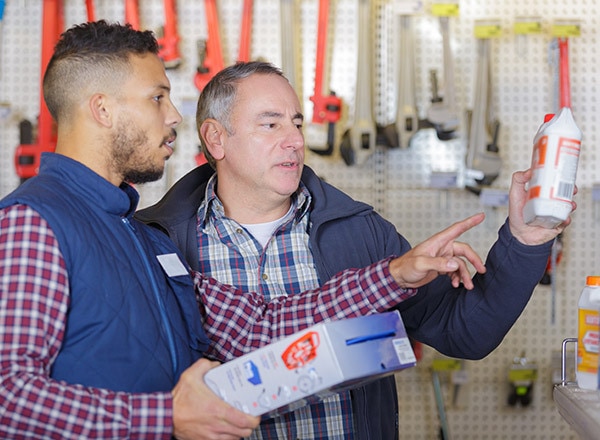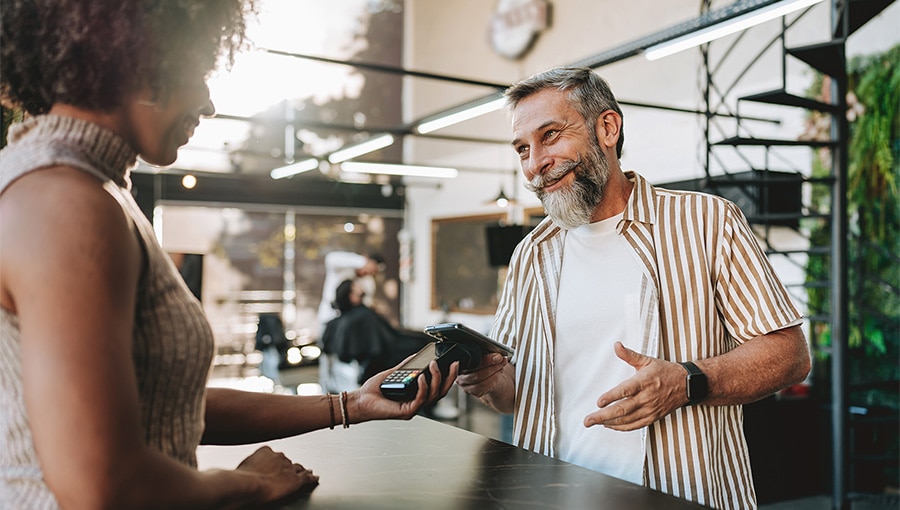Upselling is a sales technique where customers are encouraged to purchase upgrades or more expensive products to generate greater revenue.
A strategy applied across various industries, upselling does more than raising the value of a one-time sale. Upselling can effectively increase a customer’s lifetime value, average order value, and maximize a company’s overall profit.
Understanding how to upsell, how it differs from other sales methods, and the best practices for integrating upselling into your existing sales strategy can help you find ways to offer more value to your customers while increasing revenue.













